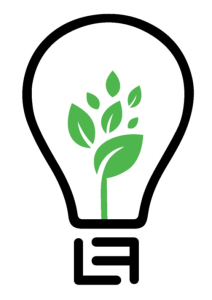Сommunity action Module - How to start and implement an activity or event
3. Session: The Theory of Why
Welcome to your third session of the Community action module!
It will take you 2 hour to complete it.
Learning outcomes:
At the end of this session, participants will be able to:
- define the problem or opportunity;
- define the project idea;
- define key project elements;
- define the resources needed to implement the project.
Facilitators instructions
Using the available slides, explain the main thrust of the Theory of Why, building on the project development steps outlined in the theory, encourage participants to elaborate further on the project ideas defined in the previous section
-
Theory of Why
The "Theory of Why" is a concept that revolves around understanding the core motivations, purposes, or driving forces behind actions, decisions, or phenomena. It seeks to uncover the underlying reasons that explain why something happens, exists, or matters. This approach can apply to individuals, organizations, societies, or even natural processes.
Starting project planning requires answering three essential questions: WHY? WHAT? HOW?
WHY? = Scope / Aim
The WHY is your purpose, the long-term impact of your project.
It is the real change you want to implement, the profound reason why you decided to design and develop your project.
- What will change with your project?
- Who are the target groups of the project?
- What is the area and context of your project?
WHAT? = Results (Outcomes + Outputs)
What we want to achieve (Results) and not what we want to do.
Results are the expected and measurable changes that the beneficiaries/participants of our project will achieve.
Outcomes: the expected effects
Outputs: the products realized
Example: you buy a cake for the birthday of someone dear to you.
Outcome: the happiness of the person receiving it
Output: the cake itself
Outcomes are the results that precede and presuppose the achievement of the impact objective, i.e. our purpose, our why. They are the short and medium-term effects on our beneficiaries produced by our project. They can be defined as: changes in behaviour, knowledge, skills, attitudes, social or personal status which are not present at the start of the project and which must have manifested themselves by the end of the project.
Outputs are the products, goods and services realised within a project. They must be developed with the resources of the project and within the project period.They can be: activities carried out, objects realised by an organisation during the project. They are the most immediate result of project activities and therefore depend almost entirely on the organisation involved.
|
Outcomes |
Outputs |
|
Intangible |
Tangible |
|
Qualitative |
Quantitative |
|
Not under our control, only advisable/possible |
Under our direct control |
|
Intangible |
Tangible |
HOW? = approaches
-
Objectives
-
Activities / Actions
-
Tasks
-
When
-
How Much
Objectives: macro-steps/phases through which we achieve results
Activities: actions that give meaning to our why, they make it concrete
Tasks: micro-actions, concrete steps for completing macro-actions
The When: the timeline of activities and tasks
The How Much: the budget estimated for executing activities and tasks
The production of activities and the plan of things to do (workplan) become instrumental in achieving results.
-
Group work
Defining potential community action ideas using “Theory of Why” principles.
